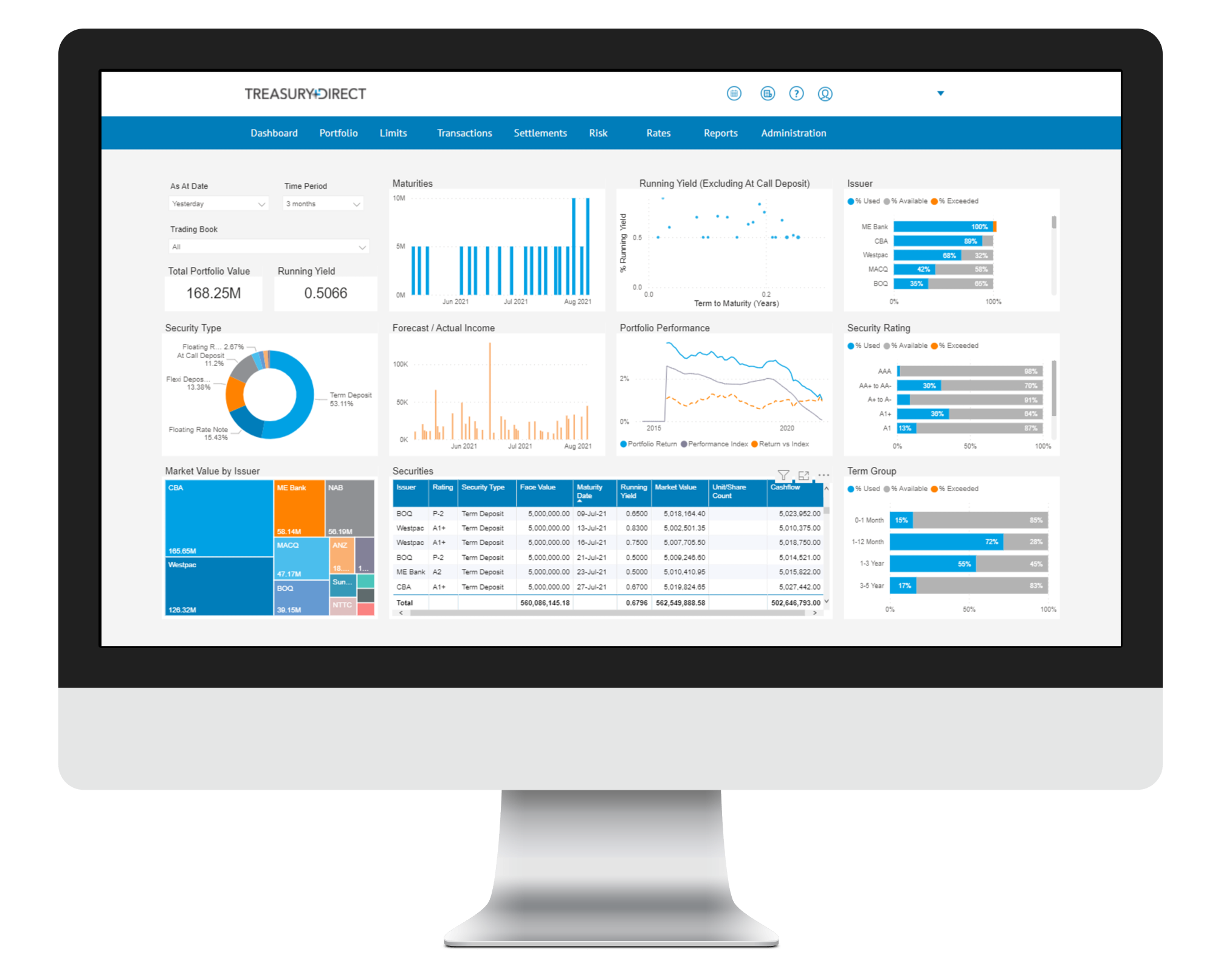Markets Overview
- ASX SPI 200 futures little changed at 8,253.00
- Dow Average down 0.4% to 42,156.97
- Aussie down 0.4% to 0.6884 per US$
- US 10-year yield fell 5.3bps to 3.7278%
- Australia 3-year bond yield rose 1.4 bps to 3.55%
- Australia 10-year bond yield rose 3.5 bps to 4.01%
- Gold spot up 1.1% to $2,663.65
- Brent futures up 3.8% to $74.44/bbl
Economic Events
Oil led a surge in haven assets after Iran fired a barrage of missiles at Israel, with the flight to safety sending US stocks lower on Tuesday.
Crude rose 1.5% in early Asia trading after gaining more than 2% on Tuesday, while bonds, gold and the US dollar also climbed following Tehran’s sharp but brief strike in reprisal for Israel’s attacks on Lebanon in recent days. The Israel Defense Forces said many of the missiles had been intercepted as Prime Minister Benjamin Netanyahu vowed to retaliate.
Stocks were set to decline in Tokyo while futures were little changed in Sydney after the S&P 500 slid 0.9%. US equity futures edged lower in early trading. Wall Street’s fear gauge — the VIX — spiked higher on Tuesday, touching a key level that usually indicates more market swings are in store.
“Markets are in wait and see mode,” said Kathleen Brooks, research director at XTB. “The next 24 hours will be critical to see how far this situation escalates and whether the rush to safe havens was justified.”
If the conflict blows over, Brooks said she expect stocks and tech shares to recover. The tech sector was the session’s worst performer on Tuesday with Apple Inc. and Nvidia Corp. sinking around 3%. The Nasdaq 100 trimmed a more than 2% loss to a 1.4% drop in afternoon trading.
A gauge of US-listed Chinese shares surged for a fourth day with markets in the Asian nation shut for Golden Week.
The Middle East conflict eclipsed the signals from Tuesday’s economic data. The US ISM price index fell by the most since May 2023, while US job openings rose in August to a three-month high, at odds with other readouts indicating slowing demand for workers. Treasury yields remained lower with the 10-year hovering around 3.73%.
The new data “should weigh down the 10-year yield, dollar, and employment service stocks, though the payroll release is more influential,” according to Evercore ISI’s Stan Shipley, alluding to Friday’s highly anticipated employment readout. “However, geopolitical stories out of the Mideast are more important for Treasury markets.”
Other News
Australian retail sales rose by more than expected in August as tax cuts and warmer weather encouraged households to spend more on dining out and on clothing and footwear, reinforcing the case for interest rates to remain on hold for the time being.
Sales advanced 0.7% from the prior month, exceeding a 0.4% estimate in the biggest monthly increase since January, official figures showed on Tuesday. The outcome follows an upwardly revised 0.1% result in July.
In response, the currency and yields on policy-sensitive three-year government bonds edged higher.
“More people were out dining at cafes and restaurants enjoying the warm end to the winter months,” said Robert Ewing, ABS head of business statistics. “This year was the warmest August on record since 1910.”
Retail sales can be an important consideration in policy decisions given consumption accounts for more than half of gross domestic product. The Reserve Bank has repeatedly highlighted the outlook for household spending as a key uncertainty following 13 rate hikes between May 2022 and November 2023.
Tuesday’s data showed retail sales rose 3.1% from a year earlier, compared with 1.7% in August 2023. The improvement comes as the government’s tax cuts and energy rebates kicked in on July 1. The household savings ratio has also fallen.
The RBA meets again in November, with economists and markets predicting its next move will be down. The rate-setting board has set a high bar to tightening further, while saying it’s still premature to consider cuts.
The consensus among economists is that the RBA will hold rates at 4.35% this year, though some believe a cut in November can’t be ruled out, particularly if third-quarter inflation at the end of this month surprises on the downside.

